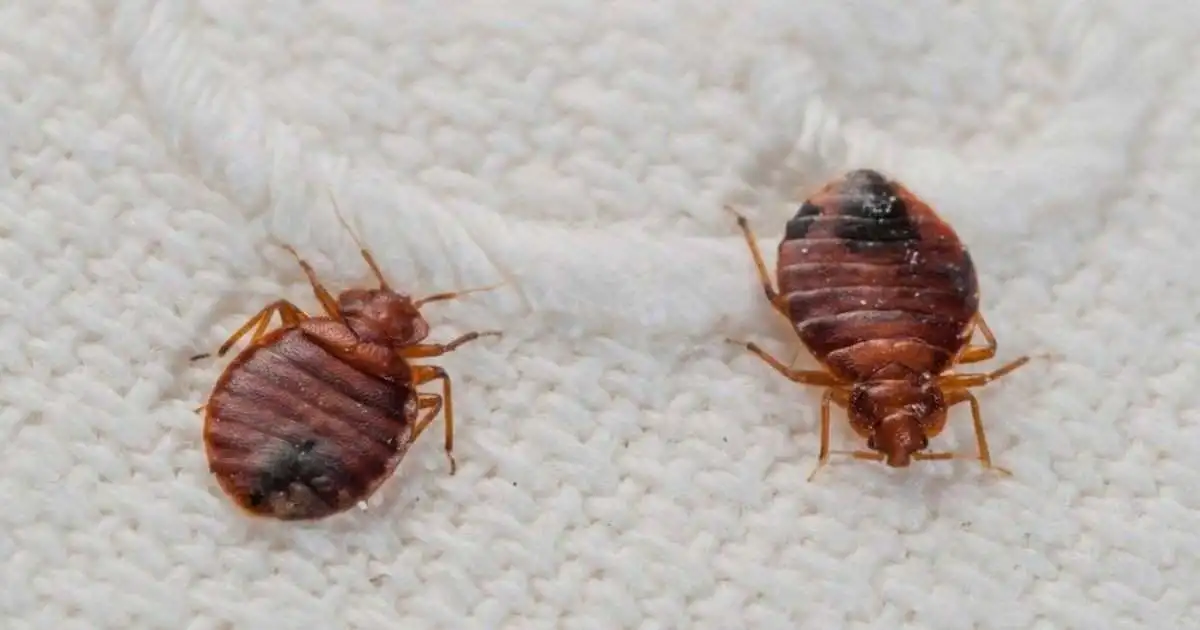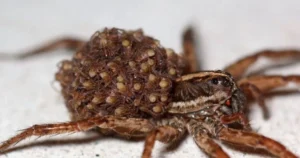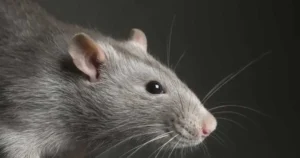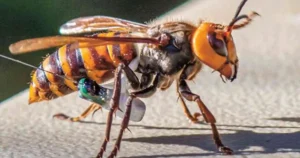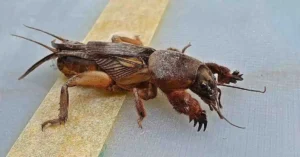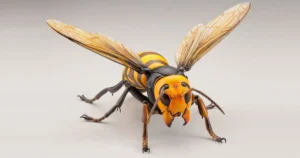Bed bugs are persistent and unwelcome houseguests that thrive in close proximity to humans, feeding on their blood and disrupting peaceful nights. These tiny pests are excellent at hiding and can spread rapidly, making them one of the most challenging household pests to eliminate. Whether you’ve spotted the early signs of an infestation or are dealing with a full-blown problem, knowing how to tackle bed bugs effectively is critical.
In this comprehensive guide, we’ll explore the lifecycle of bed bugs, their habits, signs of infestation, and both professional and DIY solutions for removal. Additionally, we’ll delve into strategies for preventing future infestations.
Understanding Bed Bug Infestations
The Lifecycle of Bed Bugs

Understanding the lifecycle of bed bugs helps in identifying and eradicating them effectively. A single female bed bug can lay up to 500 eggs in her lifetime, ensuring rapid reproduction under ideal conditions.
- Eggs: Tiny, white, and sticky, bed bug eggs are often laid in hidden crevices and hatch within 6-10 days.
- Nymphs: These immature bugs are translucent and grow through five stages before reaching adulthood, shedding their skin at each stage.
- Adults: Fully grown bed bugs are reddish-brown, flat, and about the size of an apple seed.
Bed Bug Behavior and Feeding Habits
Bed bugs are nocturnal, feeding on their hosts while they sleep. They pierce the skin with a specialized beak, injecting an anesthetic to prevent the host from feeling their bite. After feeding, they retreat to their hiding spots, digesting the meal for several days.
Signs of a Bed Bug Infestation
Identifying bed bugs early can save time and prevent a minor infestation from becoming severe. Be vigilant for the following indicators:
- Skin Reactions: Bites are often the first sign of bed bugs. Look for red, itchy welts in clusters or rows, typically on exposed skin.
- Shed Skins and Eggshells: These remnants are often found in and around furniture seams, under mattresses, or in cracks and crevices.
- Dark Spots: Fecal droppings appear as small, dark stains and may smear if touched.
- Live Bed Bugs: Spotting adult bed bugs, especially around sleeping areas, confirms an infestation.
- Sweet, Musty Odor: Severe infestations can produce a distinctive, unpleasant smell.
Methods to Eliminate Bed Bugs
1. Professional Heat Treatments
High temperatures are lethal to bed bugs at all life stages. Professional pest control companies use specialized equipment to raise room temperatures to 120-135°F (49-57°C), ensuring complete extermination without chemical residues.
2. Chemical Treatments
Chemical pesticides, including pyrethroids and insect growth regulators (IGRs), disrupt bed bugs’ reproduction and nervous systems. Professionals apply these carefully to avoid resistance, a growing concern in bed bug populations.
3. Steam Treatments

Steam cleaning kills bed bugs and their eggs on contact. It’s particularly effective for mattresses, upholstered furniture, and curtains. Ensure the steam reaches a minimum temperature of 160°F (71°C).
4. Traps and Interceptors
Bed bug traps and interceptors capture these pests as they travel to or from sleeping areas. These tools are excellent for monitoring and reducing small infestations.
DIY Bed Bug Control Techniques
For smaller infestations or as supplemental measures to professional treatments, these DIY methods can be effective:
Declutter and Deep Clean
Bed bugs thrive in cluttered spaces. Reducing hiding spots by decluttering and thoroughly vacuuming carpets, floors, and furniture is a critical first step.
Hot Water and High Heat
Wash bedding, curtains, and clothing in hot water and dry them at high temperatures. Heat kills bed bugs and their eggs effectively.
Freezing Items
Bed bugs are vulnerable to extreme cold. Infested items can be sealed in plastic bags and placed in a freezer set to 0°F (-18°C) for at least four days.
Using Diatomaceous Earth
This natural powder is abrasive and dehydrates bed bugs when they come into contact with it. Sprinkle it in cracks, along baseboards, and near bed legs.
Advanced DIY Techniques
Isolate the Bed
Prevent bed bugs from reaching you during sleep by isolating your bed. Use bed bug-proof mattress encasements, move the bed away from walls, and ensure bedding doesn’t touch the floor.
Alcohol Sprays
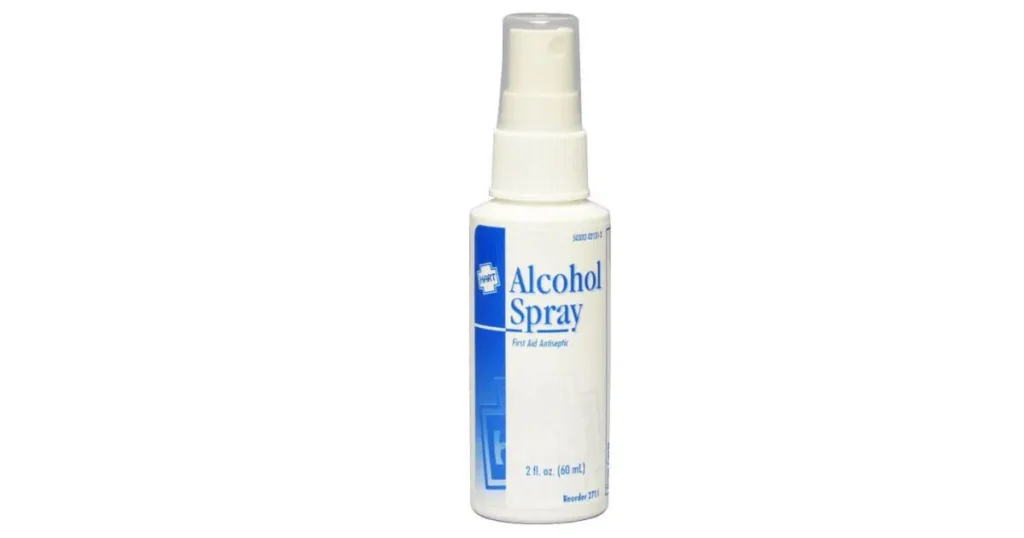
Isopropyl alcohol can kill bed bugs on contact but has limited residual effects. Use it sparingly and avoid applying it to electronics or sensitive surfaces.
Vacuuming Regularly
Vacuum all potential hiding spots thoroughly and frequently. Immediately dispose of vacuum bags in sealed plastic bags to prevent reinfestation.
Preventing Future Infestations
Preventing bed bugs is easier than dealing with an infestation. By adopting preventive measures, you can significantly reduce the risk of bringing these pests into your home.
Travel Precautions
- Inspect hotel rooms for bed bugs before unpacking.
- Keep luggage on racks away from beds and walls.
- After returning home, wash and dry clothes on high heat.
Careful Second-Hand Shopping
Thrifted items can harbor bed bugs. Inspect and clean furniture, clothing, and other items thoroughly before bringing them into your home.
Routine Home Inspections
Regularly check mattresses, bed frames, and furniture for signs of bed bugs, especially if you’ve had visitors or stayed in public accommodations.
Sealing Entry Points
Seal cracks in walls and baseboards to limit bed bug hiding spots. Installing door sweeps and repairing torn window screens can also help.
Why Professional Help May Be Necessary
Bed bugs are notoriously resilient, and DIY methods may not always suffice, especially for large infestations. Professional pest control services use integrated pest management (IPM) approaches that combine various methods for comprehensive results.
Conclusion
Dealing with bed bugs can be challenging, but a proactive and informed approach makes all the difference. From identifying early signs to employing effective treatments and adopting preventive strategies, you can reclaim your home from these persistent pests.
While DIY methods are suitable for minor infestations, professional help is often required for severe cases. Investing in professional pest management ensures effective and lasting results, providing peace of mind for you and your family.
By staying vigilant and maintaining a clean, clutter-free environment, you can reduce the risk of bed bug infestations and enjoy a healthier, pest-free home.
FAQs
Q1: Can bed bugs live in electronics?
Yes, bed bugs can hide in electronics, such as alarm clocks and laptops, especially if these devices are near sleeping areas. However, infestations in electronics are less common.
Q2: Do bed bugs spread diseases?
No, bed bugs do not transmit diseases. However, their bites can cause skin irritation, allergic reactions, and psychological distress.
Q3: What’s the fastest way to kill bed bugs?
Heat treatments are the fastest and most effective way to eliminate bed bugs. Professional-grade treatments can eradicate an infestation in a single day.
Q4: How can I protect my home after treatment?
To prevent reinfestation, inspect items brought into your home, use protective mattress encasements, and maintain regular cleaning routines.

James William is a passionate animal lover and expert in the Animals and Pets niche. With years of experience in pet care, wildlife studies, and blogging, James shares practical tips, heartwarming stories, and expert advice to help pet owners build stronger bonds with their furry, feathered, and scaly companions.
